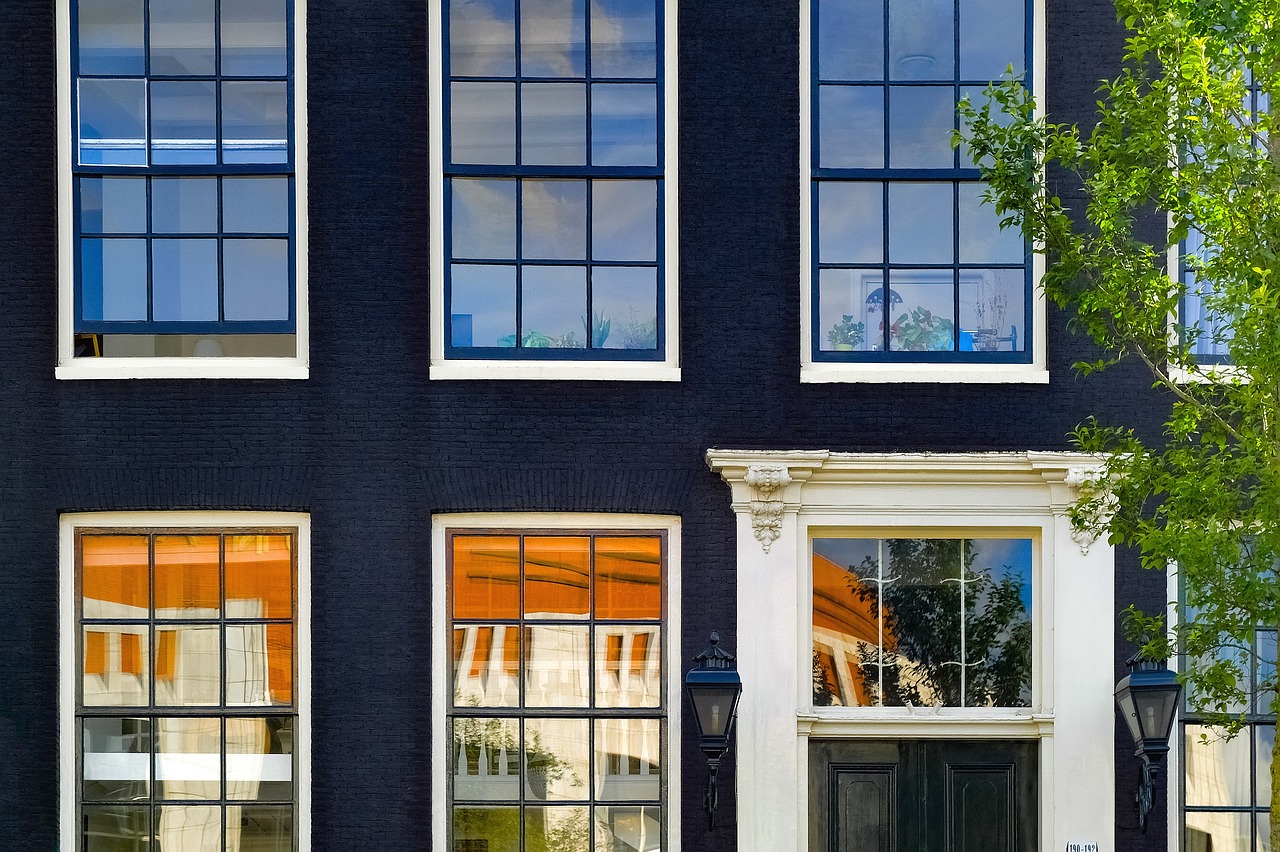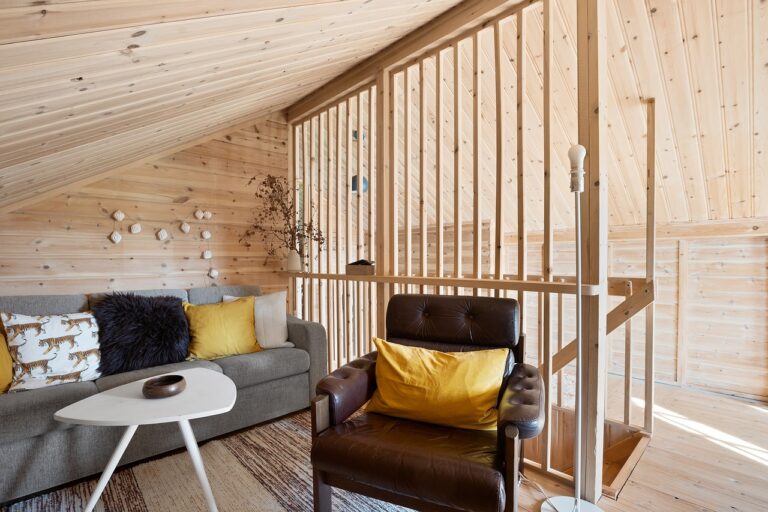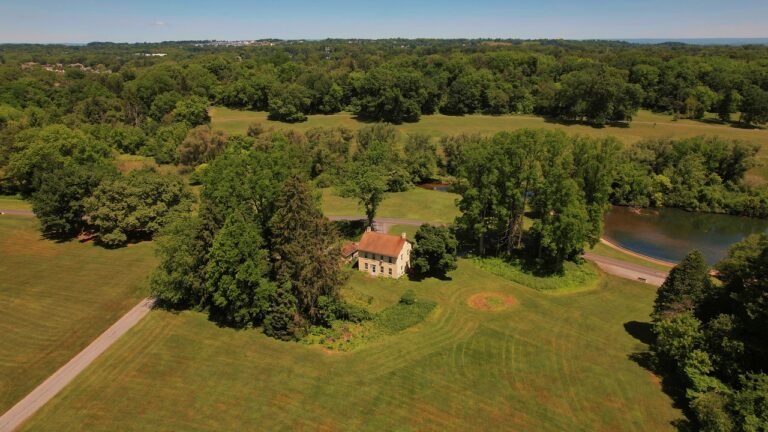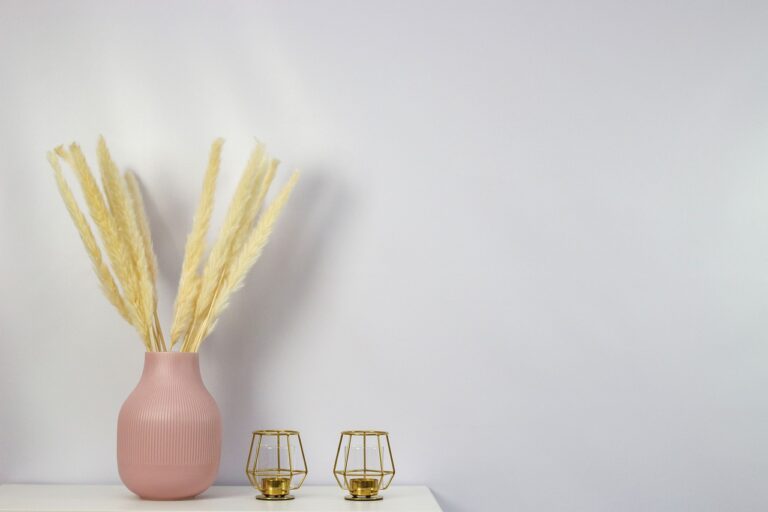The Role of Home Automation in Energy-Efficient Lighting
Energy-efficient lighting offers numerous advantages for both the environment and your wallet. By using energy-efficient bulbs such as LED or CFL, you can significantly reduce your electricity bills over time. These bulbs consume less energy while producing the same amount of light as traditional incandescent bulbs, leading to cost savings in the long run.
In addition to saving money, energy-efficient lighting also contributes to a greener planet. By using less electricity, you are reducing your carbon footprint and helping to combat climate change. Energy-efficient bulbs last longer than traditional ones, which means fewer bulbs are discarded and less waste ends up in landfills. Overall, making the switch to energy-efficient lighting is a simple yet impactful way to save money and protect the environment.
How Home Automation Improves Energy Efficiency
Home automation systems play a crucial role in enhancing energy efficiency within a household. By automating various aspects of energy usage, such as heating, cooling, and lighting, homeowners can better manage and optimize their energy consumption. For instance, smart thermostats can learn residents’ behaviors and adjust temperatures accordingly, leading to reduced energy waste.
Additionally, home automation enables the remote monitoring and control of devices, allowing users to switch off lights or appliances from anywhere. This feature ensures that energy is not wasted when devices are left on unnecessarily. Integration with sensors and timers further enhances efficiency by automatically adjusting settings based on occupancy or time of day.
Types of Energy-Efficient Lighting Options
When looking to upgrade your lighting to be more energy-efficient, there are several options available to choose from. LED lights are a popular choice for their energy efficiency and long lifespan. They consume less energy than traditional incandescent bulbs and can last up to 25 times longer, making them a cost-effective option in the long run.
Another energy-efficient lighting option is compact fluorescent lamps (CFLs). CFLs use about 70-90% less energy than incandescent bulbs and can last up to 10 times longer. While they may take a moment to reach full brightness, CFLs are an environmentally friendly choice that can help reduce energy consumption and lower electricity bills.
What are the benefits of energy-efficient lighting?
Energy-efficient lighting can help reduce energy consumption, lower electricity bills, and decrease environmental impact by reducing carbon emissions. It also lasts longer than traditional lighting options, saving you money on replacements.
How does home automation improve energy efficiency with lighting?
Home automation allows you to control your lighting remotely, set timers or schedules for when lights should be on or off, and even adjust brightness levels. This helps you use energy only when needed, ultimately saving energy and reducing costs.
What are some types of energy-efficient lighting options?
Some popular energy-efficient lighting options include LED (Light Emitting Diode) bulbs, CFL (Compact Fluorescent Lamp) bulbs, and smart lighting systems. These options use significantly less energy than traditional incandescent bulbs and can last much longer.







